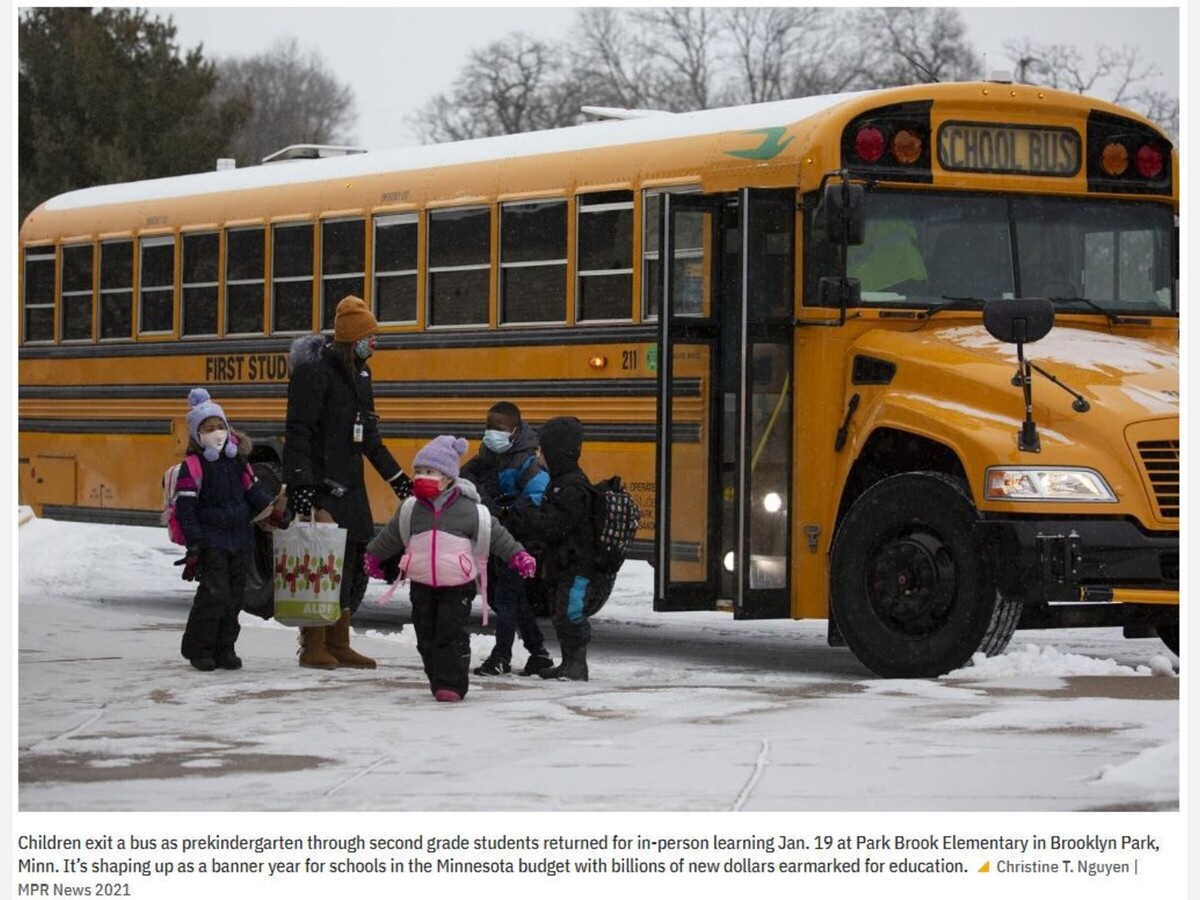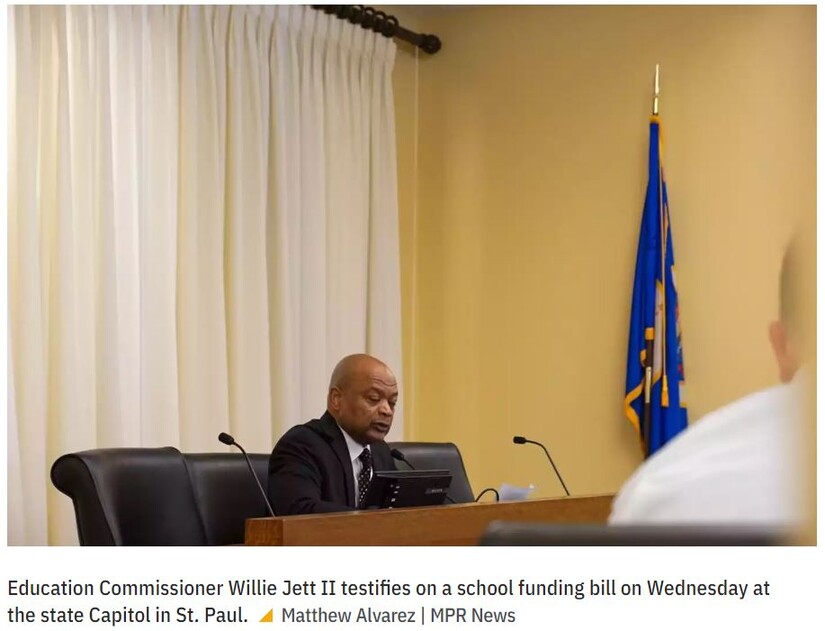Image

It’s shaping up as a banner year for schools in the Minnesota budget with billions of new dollars earmarked for education.
The DFL-led House and Senate agree on the overall amount – more than $2.1 billion in new money for the next two years – but differ on how to spread dollars out.
“We are making investments in our Minnesota students like we've never done before,” said Senate Education Finance Committee Chair Mary Kunesh, DFL-New Brighton.
For Minnesota schools, aid amounts from the state depend on multiple factors. The most significant is a district’s overall number of students.
A lot of state dollars flow down through the basic per-student formula. This year, it’s $6,863.
Both House and Senate education budget bills would push that amount up by $275 for next school year, a 4 percent increase.
House Education Finance Chair Cheryl Youakim, DFL-Hopkins, said it’s just a start.
“This year, we're finally going to make a historic investment in education,” she said Wednesday. “But 20 years of underfunding can't be made up in one biennium.”
It’s the second year and beyond where debate over the pot of new money gets tricky.
The Senate plan follows the 4 percent aid boost with a 5 percent bump. In the House proposal, year two brings 2 percent.
But the House bill has a feature the Senate bill doesn’t: The funding formula would automatically go up with a measure of inflation for years into the future – capped at 3 percent annually.
Youakim said it’s a pivotal item that gives schools something to bank on.
“That stability provides them time to plan time to keep teachers and support staff on into the future and makes it so that they don't have to come up and beg for small percentages on the formula increase that don't even keep up with inflation,” she said. “This is a game changer. And when you're in a trifecta, you do things that are game changers.”
Willie Jett II, the education commissioner under DFL Gov. Tim Walz, urged senators to add the inflation clause to their bill.
“I think it will come as no surprise that I, that we would also like to keep the conversation alive by making the investment even more transformational by linking the formula to inflation,” he said.
Schools also get aid based on the number of children whose first language isn’t English, who are on special education plans, who are on buses for long distances and who qualify for other special allowances.
Both bills buy down the amount districts have to divert to cover special education costs.
School administrators used words like “difference maker,” “life preserver” and “once in a generation opportunity” to describe the education budget in the works.

Scott Croonquist of the Minnesota Association of Metropolitan School Districts highlighted a provision allowing districts to keep property tax levies intact by a board vote rather than a ballot measure if the levy is largely the same.
“Allowing your locally elected school boards to renew an existing referendum will add a great deal of stability to the funding system,” Croonquist said.
Once the two bills get through their respective chambers, it’ll be up to a handful of negotiators from each body to forge a compromise. That process could stretch well into May.
Republicans acknowledge the funding boost for schools is all but certain to happen.
Rep. Ron Kresha of Little Falls, who is the ranking member on the House Education Finance Committee, doesn’t expect a big fight about the money.
“We have a very robust state surplus. So, of course we knew there was going to be a good target for schools,” Kresha said. “But I think what the schools are really struggling to get their arms around is the mandates. I think I've counted over 60-some mandates.”
Both bills call for changes around unemployment benefits for school employees. There are restrictions placed on school discipline. Schools would have to provide access to no-cost menstrual products in restrooms. There are expectations around ethnic studies offerings.
The committee chairs say they also put emphasis on programs aimed at improving literacy, expanding early childhood learning options and attracting more teachers of color. Kunesh said she focused on the long game.
“We looked for ideas and thoughts, what worked, what didn't work and analyzed that information to create this omnibus bill that we've put together because we wanted to make sure it was an A-plus plan,” she said.
SOURCE: MPR news